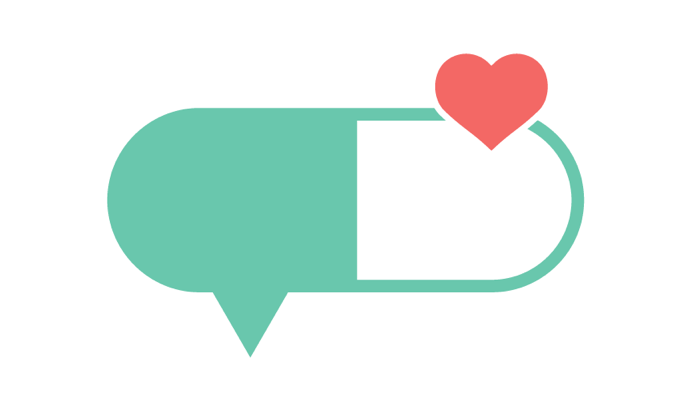Healthcare used to be as simple as a conversation with your doctor. You likely grew up with a family doctor that cared for you for many years — from your first school vaccinations and flu shots to helping you recover from broken bones and nasty cases of poison ivy. She knew everything about you — your medical history, where you lived, whether or not you had siblings — and you built a close, trusting relationship over time.
What’s changed? Why do doctor visits feel more like visiting a bank teller than talking with a high-end hotel concierge?
The rise of EHRs, ever-growing clinical documentation requirements, and tightly-defined CMS reimbursement codes have forced providers into a corner. For most doctors, the computer glow of a late-night documentation session is all too familiar.
It’s not just the digitization of healthcare that’s turning relationship-based care into a transactional service. PCP panel sizes have exploded, from 1500 patients per doctor in the 1990s to over 2500 today. Specialists are even more swamped — it’s not unheard of to hear of a urologist or interventional cardiologist who crams in 20 patients per day in clinic. What was once a socially integrated, long-term patient-provider relationship has now been compartmentalized into bite-sized encounters termed ‘Minute Clinic’ visits or ‘rapid consults’.
Eking out clinical efficiency gains has come at a steep price — our health.
Eking out clinical efficiency gains has come at a steep price — our health. Sure, doctors can see more patients than ever before. But we’re spending less time interacting with our providers (less than 30 minutes per year, on average). And we’re filling the void — the hundreds of times a year we have a medical question on the way to work, at the dinner table — with online information from Dr. Google.
It’s clear that we’re not spending enough time with our providers. We often don’t understand our care plans, we forget what our doctor told us to do, and our lack of buy-in into our health sends disastrous ripples through the healthcare delivery system. When we’re disengaged, we’re more likely to end up in the Emergency Department or be readmitted to the hospital, we’re more expensive to care for, and we’re less satisfied with our care. As a country, we’re wasting $300B each year in avoidable care costs due to patient disengagement.
How do we shift away from a supply-constrained approach where clinical efficiency trumps all else? How can we empower providers to extend their reach, so that every patient has access to personalized, tailored clinical advice?
As Atul Guwande (now the CEO of Amazon, Berkshire, and JP Morgan’s healthcare joint venture) wrote in his New York Times bestseller The Checklist Manifesto, the medical community has created thousands of workflows and protocols designed to improve clinical outcomes. These range from the 18 steps to prepare for a total joint replacement, to sets of patient-reported outcomes that reduce the chances of readmission after an ED visit.
We can turn the collective knowledge of the medical community, as encoded in these clinically-approved workflows, into sets of desired goals and actions for patients. Imagine getting short, digestible chunks of education and instructions on your phone every day leading up to a surgery, instead of a 35 page packet that you lose under the mail on the kitchen counter. What if you could text your doctor how you were feeling the day after the hip replacement, instead of waiting until your 2-week appointment?
This is the future of healthcare. It’s convenient, it’s mobile, and it meets patients on their own terms, outside the four walls of the hospital. It’s how we can turn buzzy, aspirational goals like ‘patient engagement’ and ‘patient experience’ into concrete, measurable outcomes. Let’s 10x the number of conversations patients have with their providers each year. We’ll all be healthier, happier, and educated because of it.








